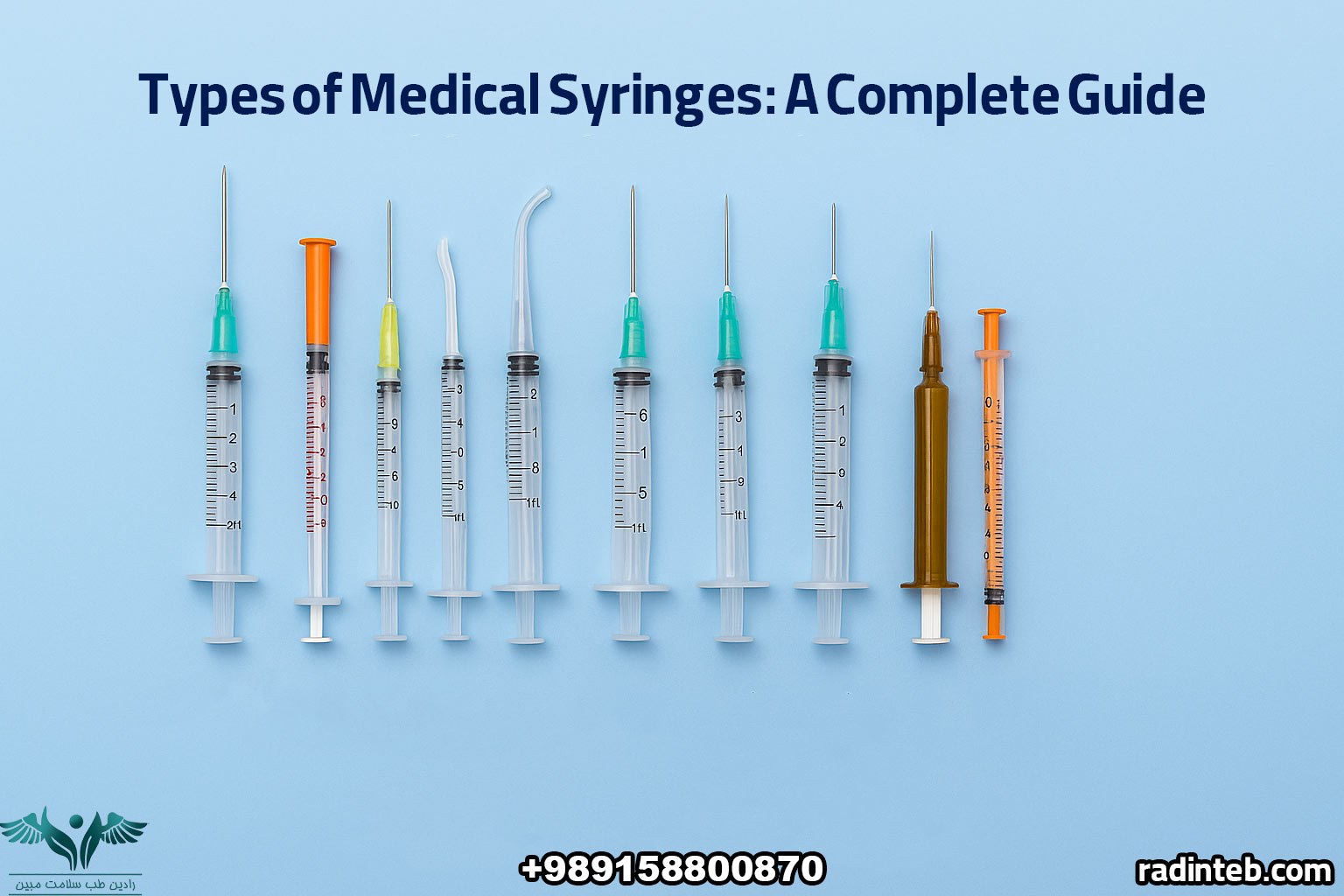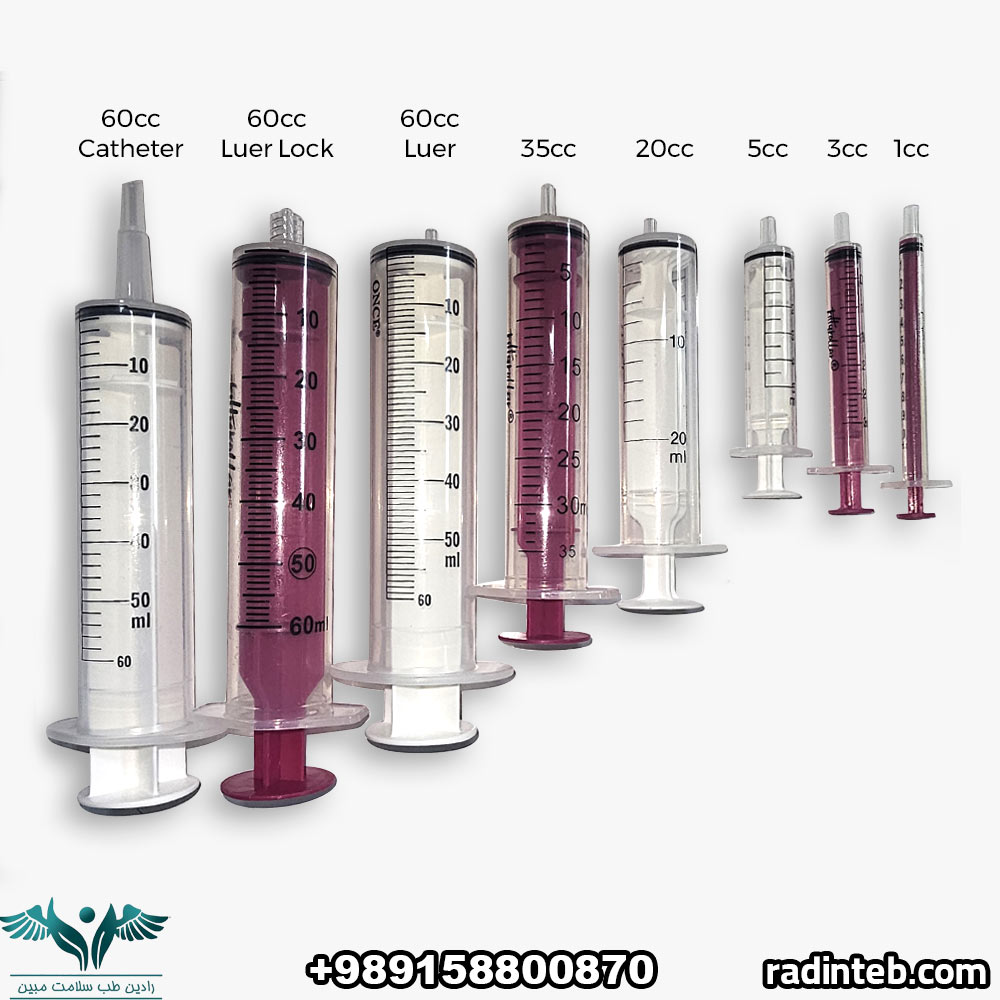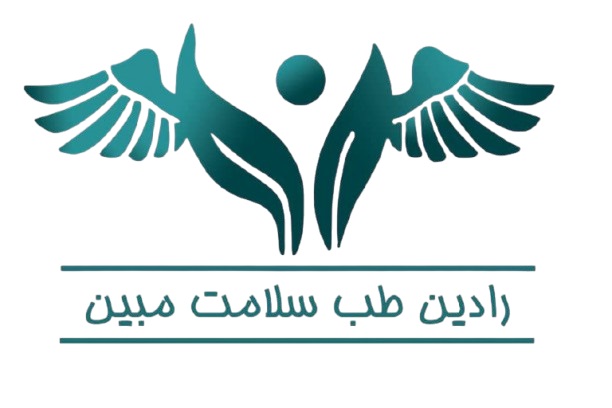
Types of Medical Syringes: A Complete Guide
Medical syringes are essential tools used in various healthcare settings. Their design, size, and purpose may vary depending on the type of treatment or medication involved. In this article, we will explore the different types of syringes, their uses, and key safety tips for proper handling.
1. Standard Syringes
These syringes are the most commonly used in hospitals and clinics. They are designed for general injections, vaccinations, or medication administration. Typically, they come in volumes ranging from 1 mL to 60 mL.
For example, 3 mL syringes are often used for intramuscular injections like vaccines, while larger syringes are suited for flushing wounds or IV lines.
2. Insulin Syringes
Insulin syringes are specifically made for diabetic patients who require insulin injections. These syringes are usually small (0.3–1 mL) and are calibrated in insulin units, not milliliters. The needles are ultra-thin to minimize pain during daily injections.
In addition, some insulin syringes come with integrated needles to reduce the risk of contamination.
3. Tuberculin (TB) Syringes
TB syringes are designed for tuberculosis tests and small-volume injections. They typically hold 1 mL of fluid and have fine graduations for precise measurement. They are not interchangeable with insulin syringes due to the different calibrations.
4. Prefilled Syringes
These are syringes that come preloaded with a specific medication or vaccine. Consequently, they save time and ensure accurate dosing, which is especially helpful during emergencies or mass immunization programs.
5. Safety Syringes
To prevent needlestick injuries and ensure staff safety, many healthcare facilities use safety syringes. These include retractable needles or protective caps that automatically engage after use.
6. Oral Syringes
Although they resemble regular syringes, oral syringes do not have needles. People use them to accurately measure and administer liquid medications orally, particularly for children or elderly patients.
7. Syringes for Flushing
These larger syringes, typically 10 mL or more, are primarily used to flush IV lines or catheters. Additionally, they help maintain the cleanliness and functionality of access lines.

Syringe Safety Guidelines
Using medical syringes safely is crucial for preventing infections and protecting both patients and healthcare providers. Here are key tips:
- Use single-use syringes only – Never reuse a syringe, even with a new needle.
- Dispose properly – Place used syringes in designated sharps containers immediately after use.
- Avoid contact – Never touch the syringe tip or inner barrel to prevent contamination.
- Training matters – Home healthcare providers and caregivers must receive training in safe injection techniques.
By following these practices, the risk of disease transmission and injury can be significantly reduced.
✅ Why Choose Radin Teb for Syringes and Medical Supplies?
Radin Teb is a trusted name in high-quality medical consumables. We provide a wide range of standard, insulin, safety, and specialized syringes – all manufactured under strict quality standards. Whether you’re a hospital, clinic, or home care provider, you can count on Radin Teb for reliable products and fast delivery across Iran.
❓ Frequently Asked Questions (FAQ)
Q1: Can I reuse a medical syringe if I change the needle?
A: No. Manufacturers design syringes for single use only. Reusing them, even with a new needle, increases the risk of infection.
Q2: What size of syringe should I use for injections?
A: It depends on the medication and route of injection. For intramuscular injections, 3–5 mL syringes are common. Consult a healthcare professional for specific guidance.
Q3: How should I dispose of used syringes at home?
A: Use a sharps container or a puncture-resistant plastic bottle. Never throw used syringes in household trash without proper containment.

